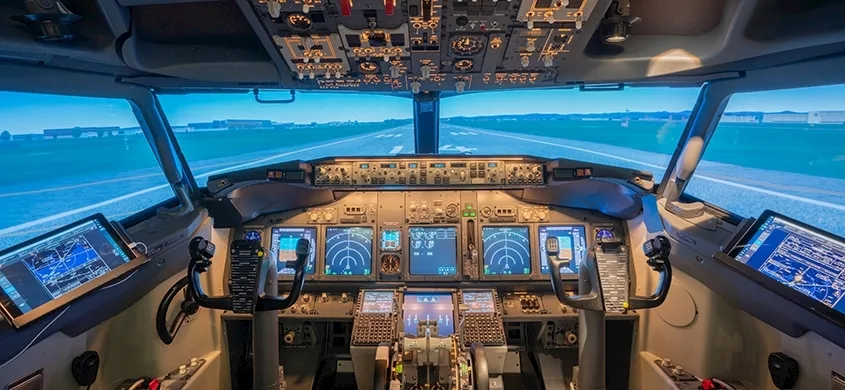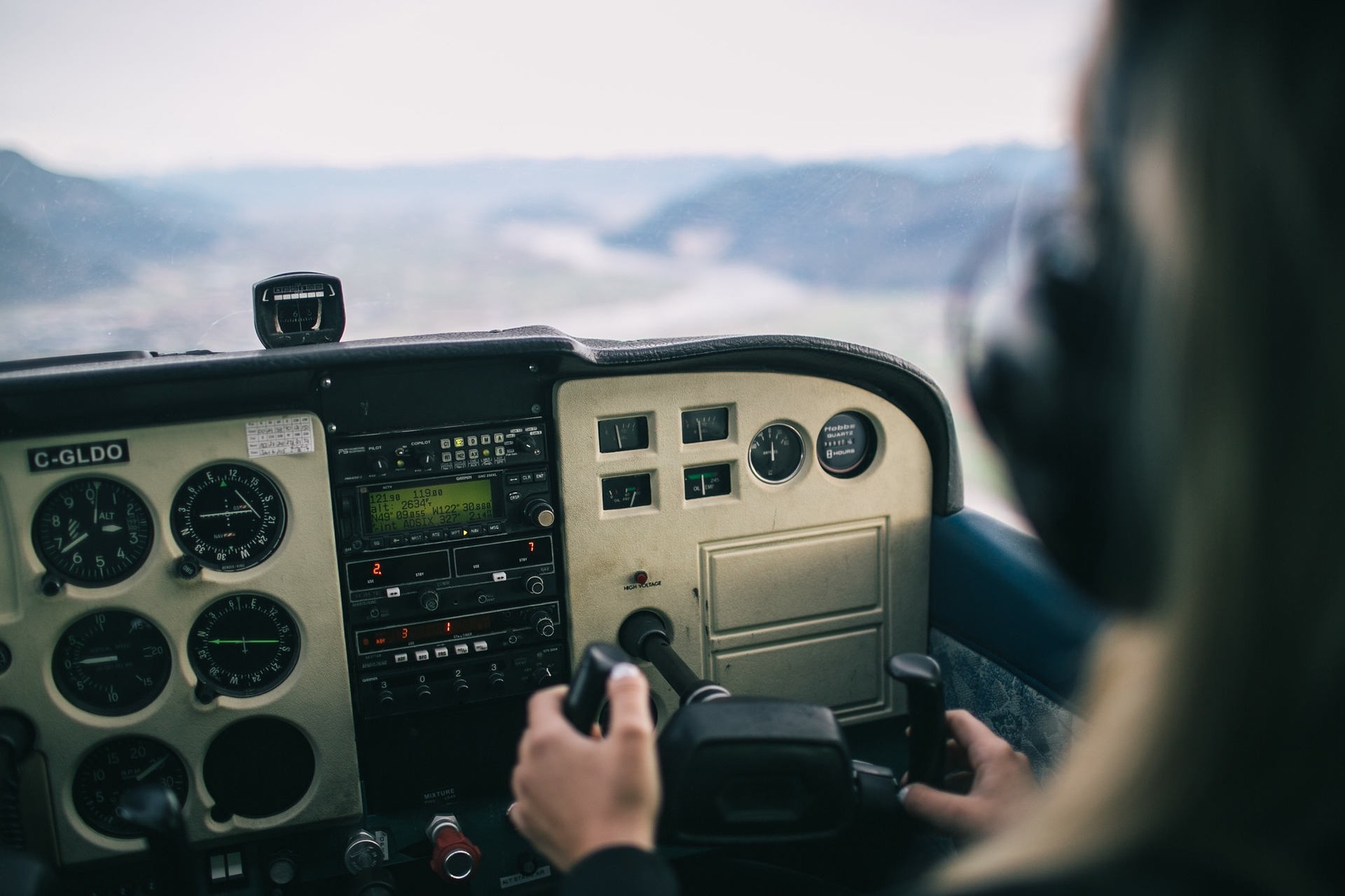Take your admission for Pilot Training In Kolkata.

Is your future goal is to be a PILOT? Join the best commercial pilot license course.
Calcutta Pilot Training Institute is an aviation institute in Kolkata that educates future pilots. This is the perfect place to grant your dream wings if you’re concerned about which is the best aviation training institute. We have been successfully providing ground training and proper guidance since 2019 to all budding aviators who dream to conquer the skies. Along with receiving exceptional education at CPTI, you will additionally have frequent interactions with senior pilots from different flight schools and airline pilots. They will educate you based on their personal experiences and expertise. Through integrating your talents and the expertise of our experts, our guidance will assist you to realise your ambition in a more competent way.

Being a Commercial pilot is not only flying the aircraft to carry passengers but also requires the ability to maintain composure under pressure in emergency and contingency circumstances. During emergencies, you should react appropriately and help the cabin crew and passengers calm down. This is where we give you the training right from the scratch to an experienced pilot by emphasising both the physical and theoretical aspects of aviation. Once these skills are mastered, clearing DGCA examinations is not an uphill task.
Register in our newest batch if becoming a pilot is your ambition.
Get admission for Commercial Pilot Training today, contact us.
Enroll For Free Webinar/Seminar
Why Choose Us :
♦ Experienced Team of Commercial Pilots
Our instructional team consists of highly experienced pilots who have served both the Indian Air Force and Indian Civil Aviation with an experience of around 10,000 hours. We ensure that you are trained to the latest developments in Aviation accordingly.
♦ Live and Video Sessions
During live sessions, students can interact with instructors and ask questions in real-time. Additionally, students have lifetime access to recorded video sessions. Meanwhile interactive instructions, study materials, PowerPoint presentations(during live sessions to enhance the learning experience and provide visual aids to help students understand complex topics), assignments, textbooks, handouts, lecture notes and homework tasks are provided to help students succeed in their aviation careers.
♦ Online & Offline Classes
Our Online sessions provide flexibility, use video conferencing and online learning platforms. whereas Offline classes offer hands-on experience through simulated chair flying and traditional classroom settings. Students can choose the one that suits their schedule and learning style.
♦ Guest Lecture by Aviation Experts
Professionals who served the industry for many years, share their knowledge and expertise on various aviation-related topics. Consequently, this includes the latest trends and developments in the industry.
♦ Regular DGCA Model Exams
Calcutta Pilot Training Institute conducts regular DGCA model exams and internal mock tests based on DGCA examination questions to prepare students for the DGCA exams. Also these exams help students familiarize themselves with the format and style of questions.
♦ Exclusive Customized Study Materials with Airline Interview Question Sets
To help students prepare for airline interviews, Calcutta Pilot Training Institute offers specific study materials including sets of airline interview questions.
♦ 600+ Hours of Training per Batch
Students receive more than 600 hours of training per batch at the Calcutta Pilot Training Institute. This comprehensive training course includes all pertinent material in order to give students the best possible preparation for the aviation sector.
♦ Training support until you clear DGCA
We are committed to support you, till you join any airlines. In the event that you are unable to clear the DGCA exams with your current batch, you have the option to join the next batch without any extra/additional cost.
Why you should get admission for Pilot Training at CPTI?
Calcutta Pilot Training Institute is devoted to the success of our pupils. We assure that if you are unable to pass any of the medicals, we will fully reimburse all of your course fees.

Avail free demo class online or offline; then take your admission for Pilot Training, click here.
Course Duration: DGCA CPL Course – 5 to 6 months
Topics covered by CPTI :
- Air Navigation
- Air Regulation
- Aviation Meteorology
- Technical General
- Technical Specifics
- RTR(A)
For more info check out our COURSES.
Our organization is going to start a new Pilot Training batch!
Enrollment for newest batch is open now! >> Register Now << Seats are limited!













